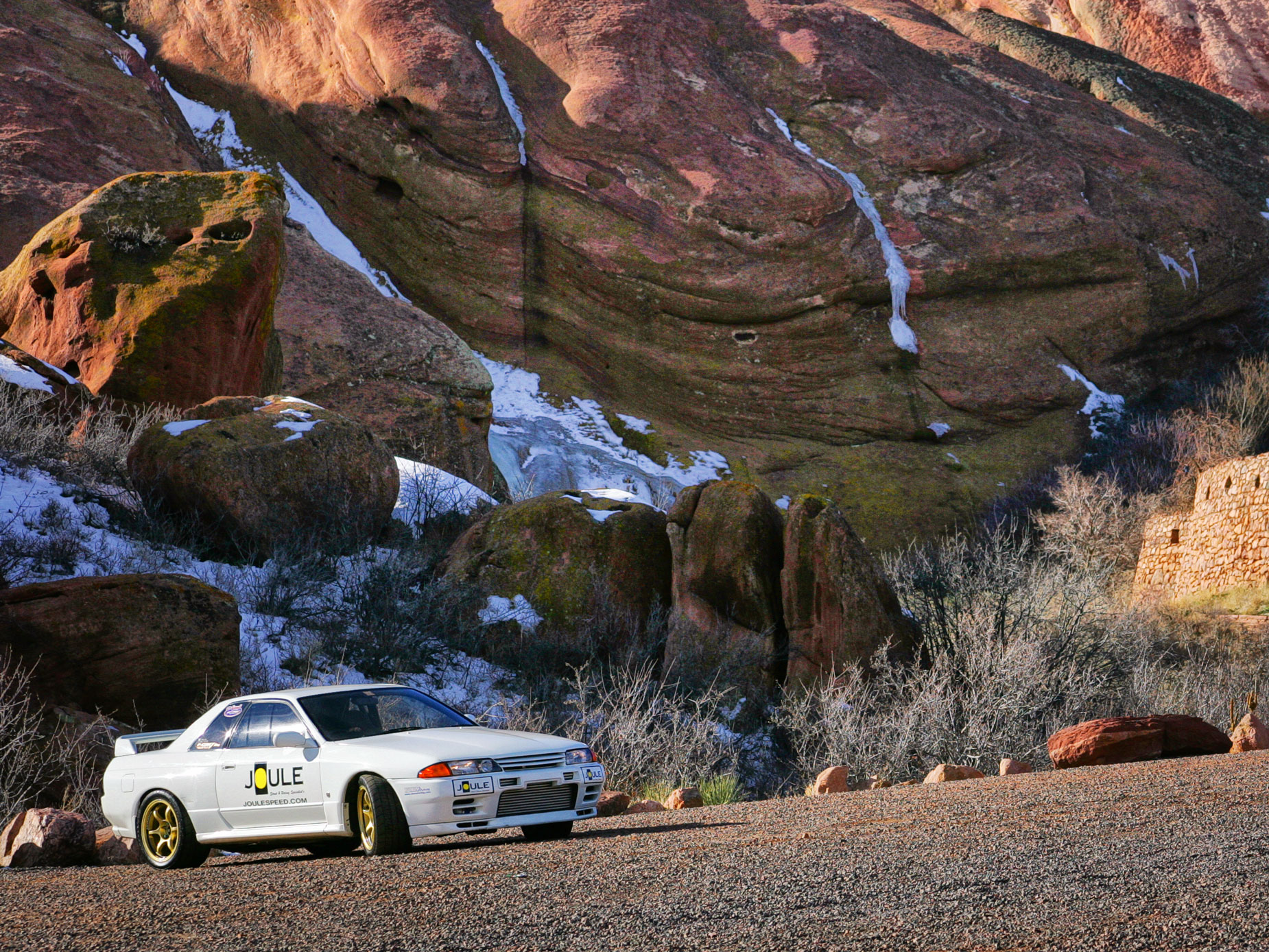Today’s Post by Joe Farace
At its root, perfectionism isn’t really about a deep love of being meticulous. It’s about fear. Fear of making a mistake. Fear of disappointing others. Fear of failure. Fear of success.” — Michael Law
The idea that birth order can impact development and personality was introduced by Austrian psychiatrist Alfred Adler early in the 20th century. He believed that firstborns may feel a strong sense of responsibility and may feel compelled to meet people’s expectations, especially their parents. (Tidbit: I’m a first born married to another first born.)
Is that the reason why for so long I ignored all the Internet pundits who insisted that I shoot everything in RAW? I didn’t always but wished I had and later wrote even a few chapters of a book called RAW Workflow: From Capture to Archives. But first let me telling you a story:
How It All Started
It began when I received an assignment from Modified magazine to photograph a Nissan Skyline GTR and the Art Director told me to, “Shoot JPEG’s for most of the images but for any you think would make a good double-page spread, shoot that in RAW.” I did exactly what he asked but the photo he decided to spread across two pages in the magazine was shot as a JPEG! Because it didn’t seem to make any difference to the Art Director, I ignored what the cool kids were saying to “shoot RAW” and continued shooting everything as a JPEG. But I was wrong.

How I Made this Photograph: I photographed this Nissan Skyline GTR for Modified magazine at Colorado’s Red Rocks Park. The camera used was a Canon EOS 1D Mark II N and EF 100-300mm f/4.5-5.6 USM (not an L-series lens) at 108mm. Exposure for this original JPEG image was 1.500 sec at f/10 and ISO 200.
So, how did my conversion to RAW capture happen? It began with the Panasonic Lumix mirrorless cameras I had converted to infrared capture by Life Pixel All three of the cameras are older models—The 16-megapixel Lumix GX1 was introduced in 2011— and are what might be politely termed as megapixel challenged. In order to squeeze the maximum images quality from them, I started shooting RAW when using any of these cameras. It was somewhere around this time that the lead author of RAW Workflow contacted me to write four chapters in the book.
Shortly thereafter I started shooting RAW+JPEG files for all my portrait and glamour images and for similar reasons with one important change. During my misguided JPEG-only phase I made a lot of portraits, too many it seems, in direct monochrome mode. At the time I believed that there were some good reasons for doing this but now realize that this approach was also short sighted. Now when I shoot in direct monochrome mode, I’m also shoot RAW+JPEG so I have the monochrome JPEG file but also have a color RAW file. True, I can rescue some of those old direct monochrome images by colorizing them, as I wrote about here, but this method is not inexpensive and it’s not perfect. So why not just do it right the first time?
While I now shoot everything in RAW+JPEG, not all of my camera’s RAW files can be opened in my copy of Adobe Camera RAW that’s part Photoshop CS6. I often have to convert that camera’s RAW file into the DNG format using Adobe DNG Convertere. I refuse to use Adobe’s Photoshop subscription service, so when I shoot with my Olympus Pen F, for example, Adobe Camera RAW CS6 won’t open its .ORF RAW files. The entire process is awkward but you gotta do what you gotta do when you can’t afford software or hardware upgrades.
Trivia: RAW Workflow: From Capture to Archives was published in 2006. One year later in 2007,
 If you liked this post and enjoy visiting this blog, you can show your appreciation by buying me a cup of Earl Grey tea ($2.50) by clicking here or, if you prefer, you can just click on Contact and offer a simple “thank you.”
If you liked this post and enjoy visiting this blog, you can show your appreciation by buying me a cup of Earl Grey tea ($2.50) by clicking here or, if you prefer, you can just click on Contact and offer a simple “thank you.”
Along with photographer Barry Staver, Joe is co-author of Better Available Light Digital Photography with new and used copies available on Amazon for $21.50, as I write this.